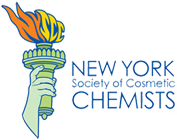In my recent blog published in August, changes to the current sunscreen tentative monograph were proposed. These changes are probably the most drastic changes to the sunscreen monograph since its inception. In this section, I would like to tackle two key areas related to the changes requested by the FDA. The first one is the human pharmacokinetics Maximal Usage Trial (MUsT) for sunscreens conducted by the FDA and published in the Journal of the American Medical Association in May 2019. The second is the response from the Personal Care Product Council (PCPC) to the requests from the FDA for additional safety data.
The FDA conducted a MUsT trial on 4 sunscreen formulations. The products consisted of 2 sprays, one lotion and one cream. A detailed description of the products used in the study and the sunscreens concentrations used is displayed in Table I below.
Table I
Concentrations of sunscreens in all treatments
| Treatment | Percent sunscreen contents per label | |||
| Avobenzone | Oxybenzone | Octocrylene | Ecamsule | |
| Spray 1 | 3.00 | 6.00 | 2.35 | 0.00 |
| Spray 2 | 3.00 | 5.00 | 10.00 | 0.00 |
| Lotion | 3.00 | 4.00 | 6.00 | 0.00 |
| Cream | 2.00 | 0.00 | 10.00 | 2.00 |
Twenty-four subjects were enrolled in the study and were randomized into 4 groups. Each treatment was studied on 6 individuals. All subjects finished the study except one. Products were applied at a rate of 2 mg/cm2 on 75% of the body area. Products were applied by a trained expert and were re-applied every 2 hours four times a day. The study ran for 4 days and panelists were kept indoors. Thirty blood samples were collected from each panelist over a period of 7 days and were analyzed for their concentration of sunscreens using a validated HPLC method.
Mean maximum plasma concentrations for all sunscreens were calculated for the four treatments and are displayed in Table II.
Table II
Geometric mean maximum plasma concentration for all treatments
| Treatment | Geometric Mean Maximum plasma concentration, ng/mL (%CV) | |||
| Avobenzone | Oxybenzone | Octocrylene | Ecamsule | |
| Spray 1 | 4.0 (60.9) | 209.6 (66.8) | 2.9 (102) | Not applicable |
| Spray 2 | 3.4 (77.3) | 194.9 (52.4) | 7.8 (113.3) | Not applicable |
| Lotion | 4.3 (46.1) | 169.3 (44.5) | 5.7 (66.3) | Not applicable |
| Cream | 1.8 (32.1) | Not applicable | 5.7 (47.1) | 1.5 (166.1) |
As seen from the table, all sunscreens tested had higher blood levels than the FDA proposed threshold of 0.5 ng/mL. These levels were also achieved on the first day of treatment. The levels obtained triggered the FDA to request safety data not only on the sunscreens studied but also on the 12 sunscreens listed in the monograph. In addition, the FDA requested MUsT studies to be conducted by the manufacturers on several dosage forms to establish proper guidelines for usage based on safety and efficacy. Regardless of the results obtained, the FDA insisted on the fact that individuals should not refrain from using sunscreens.
In response to the request from the FDA, the PCPC sent a letter to describe the protocols and studies suggested by the council as well as a timeline. The PCPC suggested to conduct, in addition to MUsT studies, several surveys on usage of sunscreen products to guide the council in designing the MUsT studies. The timeline extends till 2023 which should give the industry some breathing room in terms of formulations. Once the studies are received and completed, an additional timeline delineating the safety of the selected molecules will be proposed. In the council’s response, two sunscreens were not considered for MUsT studies. These are Cinoxate and Dioxybenzone. The fate of these two sunscreens is not determined at this stage yet.
The sunscreen monograph has been evolving for the past 35 years to keep up with the advancement in science. Formulators, and companies in the field of sun care will have to adjust one more time to the changes. These changes bring a lot of new challenges and opportunities to innovate and lead.
 Biography
Biography
Dr. Fares started his career in personal care studying the effect of solvents on sunscreen chemicals. His interest in skin drug delivery especially from polymeric matrices grew during his graduate work at Rutgers, where he completed his Ph. D. in Pharmaceutics.
Dr. Fares worked at Block Drug and GlaxoSmithKline where he held positions in research and development in the areas of skincare and oral care. After that, he joined L’Oreal where he held several positions of increasing responsibility leading to AVP of skincare. He is currently the Senior Director of skincare and oral care at Ashland Specialty Ingredients. Dr. Fares is the author of many publications, and patents and made many presentations in national and international meetings in the areas of suncare, skincare, and oral care.

